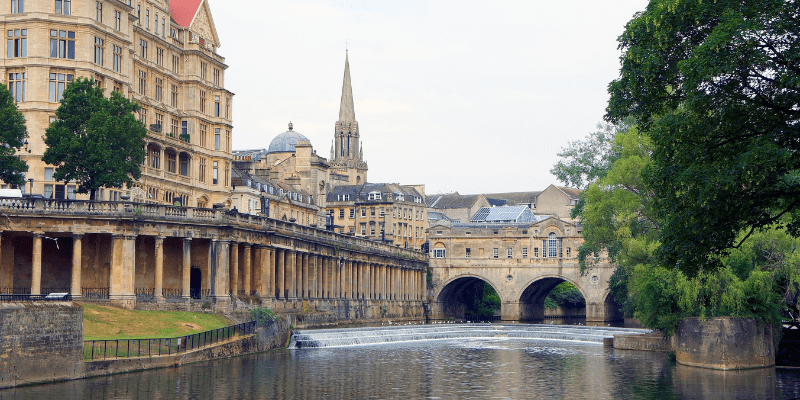
Solving the problem of Bath is like tackling a Rubik’s cube. Just when you think you are working your way towards a solution, one of the pieces ends up in the wrong place and you can’t line up all the sides in perfect alignment.
In our case the pieces aren’t blocks of coloured plastic, but rather competing priorities, which are just as tricky to get into the right order. In fact it’s difficult to even find a broad consensus about what the right order is. Work is currently under way to produce two important documents – the Local Plan and Economic Strategy – which will provide a blueprint for what the future will look like. Members of the Chamber and Initiative will have their say, but we would be delighted to hear from anyone in business with an opinion because the more people are involved the better.
The starting point has to be that we are a World Heritage City, which brings status and a range of responsibilities, such as protecting the outstanding universal value to humanity which was the reason it was awarded in the first place. But how does that align with modern demands and the need to respond to the climate emergency?
People living or working in listed buildings know very well that they are energy inefficient. That’s bad for a number of reasons, not least because the electricity and gas bills are much higher than they should be. But it’s difficult for owners to install modern technology, such as double glazing, which would improve matters, because the changes would impact on the historic fabric of the building. Should there be greater flexibility to allow the greening of listed buildings and could that be achieved, for example by the use of vacuum glass, without doing unreasonable harm ?
Likewise, the Greenbelt and ecology are valuable assets, but are they priceless? Is there a point where we need to consider the greater good? For example, how do we provide the right number of houses with more than 6,000 on waiting lists? And is it right that a development of affordable homes, which would change the lives of many families, is held up because of minor concerns over wildlife which may be modestly inconvenienced?
Which brings us to business. Over the years we have seen stories of many companies which have started up in Bath, grown and then left the City, not because they wanted to, but because they couldn’t find suitable premises. Time and again we have heard developers say it’s just too difficult to do things in Bath and so they naturally go to places where their lives are easier.
You might say it’s right and proper that it’s a challenge to develop in Bath because of its historic status and that if people want to come here they should work harder to achieve their aims. The trouble with that viewpoint in the current climate is inward investors may not want to go the extra mile, they may build workspace in places like Bristol and Swindon and our local economy and community will be the poorer for it.
Those are just a few of the conflicting priorities which somehow we need to align to preserve what we love about Bath and put ourselves into a position to create long term sustainable economic development for the benefit of the whole community. I really hope you will join the conversation and have your say about what the future looks like.
If you’d like to find out more about the Bath Chamber of Commerce or the Initiative in B&NES please contact us on 01225 460 655 or info@bathchamber.co.uk.
- Log in to post comments
Bath Chamber of Commerce
